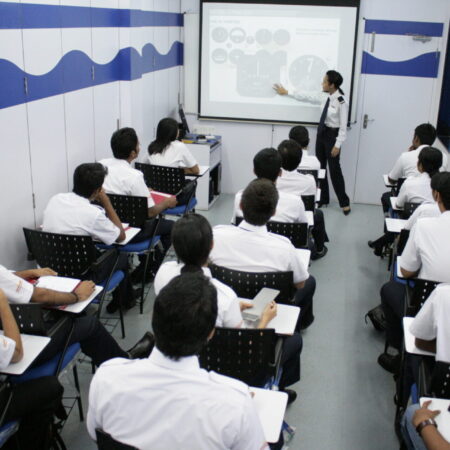
Beoming a pilot in India can be an exciting and rewarding career choice. It requires a lot of hard work, dedication, and passion for aviation. In this guide, we will outline the steps you need to take to become a pilot in India and provide some tips and resources to help you along the way.
Note: The following is an overview of the process to become a Commercial Pilot
Step 1: The first step in becoming a pilot in India is to determine your eligibility. The Directorate General of Civil Aviation (DGCA) has established certain requirements that you must meet before you can become a pilot. These requirements include:
- The minimum age to begin training for CPL is 17 years.
- You must have completed your 10+2 education with Physics and Mathematics.In case applicant has completed 12th grade from another stream(arts/commerce) they can appear for Physics & Math paper from any open schooling portal.
Step 2:Clear your Class II or preferably Class I medical examination to ensure that you are medically fit to fly.
Class II medical is the first step towards a pilot’s career. It’s required for you to get an SPL (Student Pilot License) and to join a flying school.
Class I medical examiners list
Step 3: Apply for a Computer number. Computer Number is Unique Id allotted to a candidate after his application of Computer Number is approved by CEO, DGCA.
Step 4: Clear your DGCA papers. Directorate General of Civil Aviation(DGCA) is the aviation regulatory body which conducts Flight Crew Examinations that one must clear in due course of time to obtain a Commercial Pilot’s License. The applicant must show proficiency in the following subjects:
- Air Navigation
- Air Regulations
- Aviation Meteorology
- Technical General
- Technical Specific.
These exams are conducted online at specific centres across India four times a year (with an additional provision of On Demand Examinations (ODE). The pattern of these exams are MCQs and are 100 marks while the passing mark stands at 70.
One must also clear an oral+written examination for Radio Telephony Restricted (RTR) License conducted by Wireless Planning Commission (WPC).
Step 5: Selection of Flying school Post completion of your papers, one needs to apply to a flying school to begin flying training.There are many flight schools to choose from, and it is important to do your research to find the best fit for you. Some factors to consider when choosing a flight school include:
- Location: Make sure the flight school is located in an area that is convenient for you.
- Cost: Flight training can be expensive, so make sure you choose a flight school that fits your budget.
- Reputation: Research the flight school’s reputation to ensure that they have a good track record of producing successful pilots.
- Type of Training: Decide what type of training you are interested in (e.g., private pilot license, commercial pilot license, etc.) and make sure the flight school offers that type of training.
The following are DGCA requirements one has to fulfil via flying training(200 hours of flying training of which 185 hours is on a Single Engine aircraft and 15 hours is on a Multi Engine aircraft:
–100 hours Pilot In Command (PIC)
– 250 Nautical Miles Cross Country Check
– 40 hours instrument flight time out of which 20 hours may be on a simulator
– 50 hours solo cross country
– 120 Nautical Miles Cross Country Check
– 300 NM solo Cross Country
Step 6: Pass the Flying Test
The final step in becoming a pilot in India is passing the practical test. The practical test includes both an oral exam and a flight test. During the flight test, you will demonstrate your ability to perform various maneuvers and procedures, as well as your knowledge of aviation regulations and safety. If you pass the practical test, you will be issued a pilot license.
Step 7: Submission of documents to DGCA -Once the trainee has completed all the flying requirements,physical copies of all necessary documents along with their logbook needs to be submitted to DGCA along with which softcopies of the same are to be uploaded on Egca website.If the documents are found to be correct,the license is dispatched to the applicant within 14 working days.
Tips and Resources:
- Join a flying club or association to connect with other pilots and aviation enthusiasts.
- Consider obtaining additional certifications or endorsements, such as a multi-engine rating or instrument rating, to increase your marketability as a pilot.
- Stay up-to-date with aviation news in India, such as changes in regulations and new opportunities for pilots.


